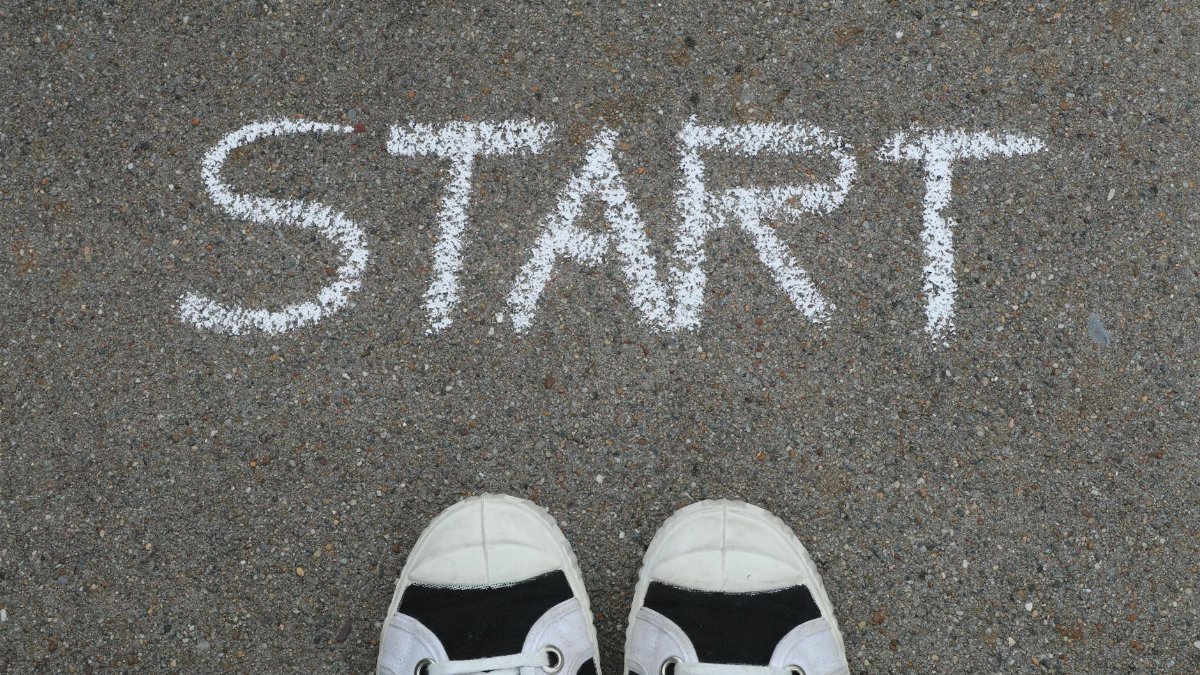In a fast-paced world where stress is the norm, healing resilience is emerging as a game-changer for mental and physical well-being. Simply put, healing resilience is the ability to recover from adversity by integrating emotional processing with restorative practices like yoga. It matters because it empowers individuals to transform pain into strength, fostering long-term health without relying on quick fixes.
Understanding Healing Resilience in Daily Life

Healing resilience goes beyond mere survival. It’s about actively engaging with one’s emotions to build inner strength. In the U.S., where anxiety rates have spiked, this concept is gaining traction among those seeking sustainable ways to cope. Experts describe it as a blend of mindfulness and physical movement, helping people navigate life’s ups and downs. For instance, incorporating simple breathing exercises can kickstart this process, making it accessible to beginners.
The Role of Yoga in Building Resilience

Yoga isn’t just about flexibility; it’s a cornerstone for healing resilience. Poses like child’s pose or warrior sequences encourage emotional release, allowing practitioners to confront buried feelings. A study from the University of California highlights how regular yoga practice reduces cortisol levels, enhancing recovery from stress. This ties directly into the yoga and movement category, where instructors emphasize feeling over forcing progress. UCSF News on Yoga and Stress Reduction
Common Barriers to Embracing Healing

Many resist healing resilience because it requires vulnerability. Busy schedules and societal pressure to “tough it out” often stand in the way. In 2025, with remote work still dominant, people report higher isolation, making emotional openness even harder. Overcoming this starts with small steps, like journaling or short meditation sessions, to gradually dismantle these walls.
Real-Life Impacts on Mental Health

When individuals allow themselves to feel, profound changes occur. Healing resilience has been linked to lower depression rates, as per data from the National Institutes of Health. Participants in resilience programs show improved mood and better relationships. One anonymous yoga enthusiast shared, “It felt scary at first, but facing my grief through movement changed everything.” This underscores why it’s vital in today’s mental health landscape. NIMH on Coping with Traumatic Events
Practical Steps to Start Your Journey

Begin with awareness. Set aside time each day to check in with your emotions without judgment. Incorporate yoga flows that focus on heart-opening poses to release tension. Apps and online classes make this easy, especially for urban dwellers facing high stress. Consistency is key; even 10 minutes daily can build momentum toward true healing resilience.
The Science Behind Emotional Recovery

Neuroscience backs healing resilience. Brain scans reveal that practices like yoga activate the prefrontal cortex, improving emotional regulation. Research from Harvard Medical School shows this leads to greater adaptability in facing challenges. In a nation grappling with post-pandemic fallout, these findings explain the surge in wellness programs promoting such techniques.
Community and Support Systems

Healing doesn’t happen in isolation. Joining yoga groups or online forums amplifies resilience by providing shared experiences. In cities like New York and Los Angeles, community classes are booming, helping participants feel connected. This social aspect reinforces the idea that allowing oneself to feel is a collective strength, not a solitary burden.
Long-Term Benefits for Physical Health

Beyond the mind, healing resilience boosts the body. Reduced inflammation and better sleep are common outcomes, according to CDC reports on stress management. Yogis often report fewer chronic pains after committing to emotional work. As 2025 trends toward holistic health, this integration of feeling and movement is set to redefine wellness standards.
Overcoming Setbacks Along the Way

Setbacks are inevitable, but they test healing resilience. When emotions overwhelm, returning to basic practices like grounded breathing helps. Experts advise viewing relapses as learning opportunities, not failures. This mindset shift is crucial for sustained progress in yoga and personal growth.
Why Now Is the Time to Feel and Heal

With rising awareness of mental health in 2025, embracing healing resilience is more relevant than ever. It offers a path to authentic living, free from suppression. By allowing feelings to surface through yoga and movement, individuals unlock a resilient core that withstands life’s storms, proving that true strength lies in vulnerability.
